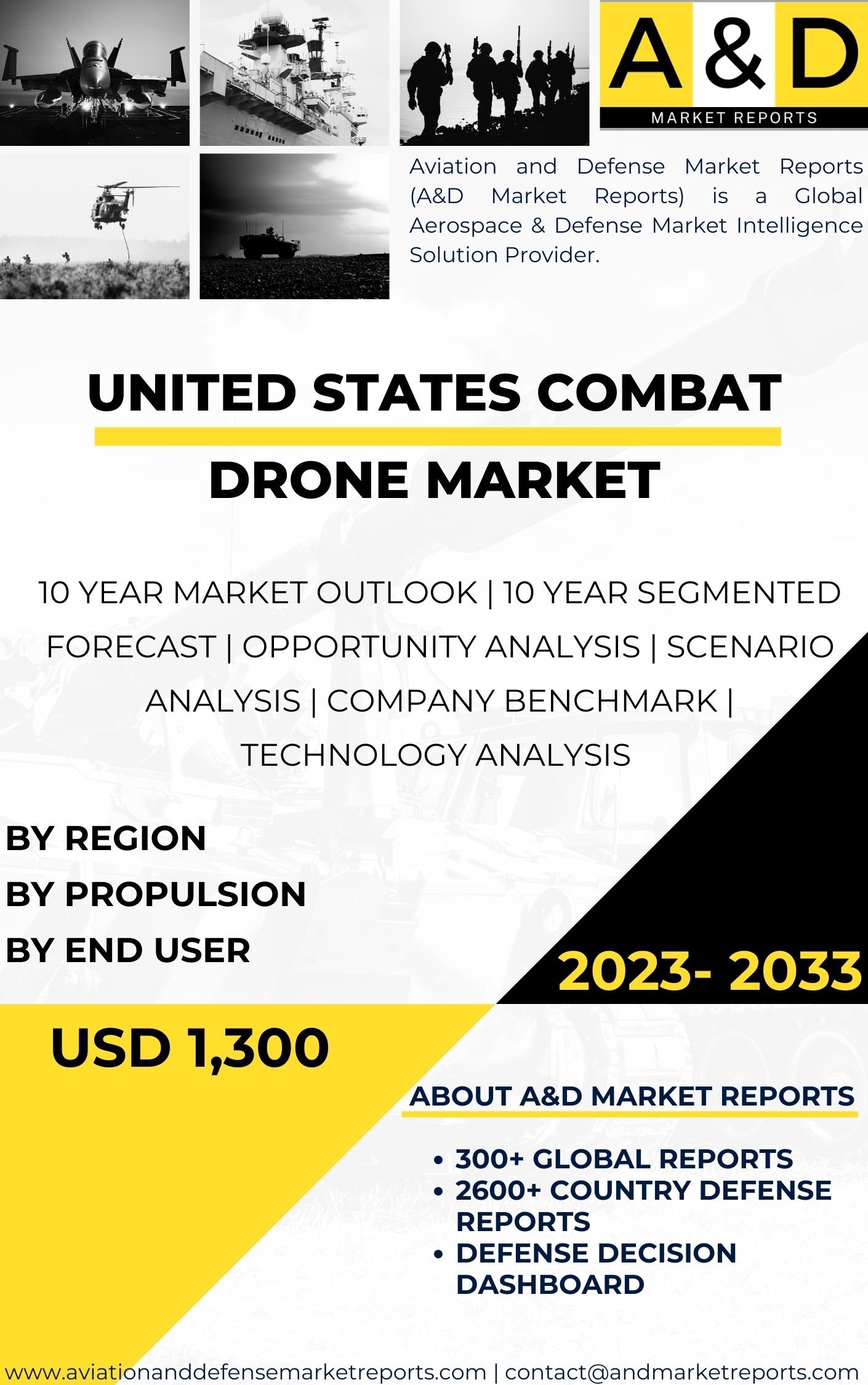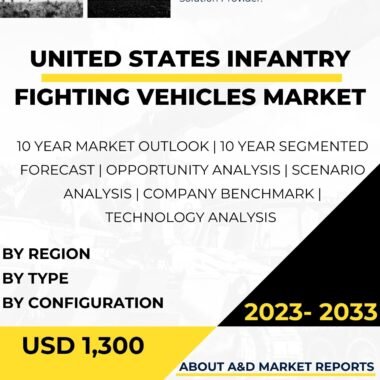Description
Combat drones, also known as Unmanned Aerial Vehicles (UAVs) or Unmanned Aircraft Systems (UAS), have become a pivotal element of the United States’ military strategy, providing intelligence, surveillance, reconnaissance, and strike capabilities on the modern battlefield. These unmanned platforms offer a range of advantages, including reduced risk to human personnel, extended flight endurance, and the ability to access and monitor remote or hostile regions. This article will explore the development, types, capabilities, and significance of U.S. combat drones in supporting the nation’s defense and military operations.
The development of combat drones in the United States can be traced back to the early 20th century when the concept of unmanned aerial vehicles was first explored. Early experimental models were limited in scope and capability due to technological constraints.
During the 1980s, the U.S. military began to invest in the development of more sophisticated UAVs, primarily for reconnaissance and surveillance purposes. These early UAVs, such as the Pioneer and the Hunter, were used in conflicts such as the Gulf War and the Balkans War to gather real-time intelligence and provide tactical support.
The 21st century saw significant advancements in drone technology, leading to the introduction of more advanced combat drones with the capability to carry and deliver precision-guided munitions.
One of the most well-known combat drones used by the U.S. military is the General Atomics MQ-1 Predator. The MQ-1 is a medium-altitude, long-endurance UAV that is primarily used for intelligence, surveillance, and reconnaissance (ISR) missions. Equipped with cameras and sensors, the MQ-1 provides real-time video feeds to ground operators, allowing them to monitor and assess the situation from a safe distance.
The MQ-1 Predator’s successor, the MQ-9 Reaper, is a more advanced and versatile platform with increased payload capacity and longer endurance. In addition to ISR capabilities, the MQ-9 Reaper is capable of carrying and launching a variety of munitions, making it a formidable strike platform. The Reaper has been extensively used in counter-terrorism operations and precision strike missions in various theaters of operation.
Another significant combat drone employed by the U.S. military is the RQ-4 Global Hawk. The Global Hawk is a high-altitude, long-endurance UAV designed for strategic reconnaissance and surveillance missions. With its ability to fly at high altitudes for extended periods, the Global Hawk provides continuous coverage and detailed imagery of large areas, making it an invaluable asset for intelligence gathering.
In addition to the MQ-1, MQ-9, and RQ-4, the U.S. military has developed and fielded a range of other combat drones, each designed to fulfill specific roles and missions.
The significance of U.S. combat drones lies in their ability to provide persistent surveillance, real-time intelligence, and precise strike capabilities. Combat drones offer a unique advantage of reducing risk to human personnel, as they can operate in high-risk environments without risking the lives of pilots.
The use of combat drones has revolutionized modern warfare, enabling the U.S. military to gather critical information, track enemy movements, and conduct targeted strikes with unprecedented accuracy.
Combat drones provide a force multiplier effect, allowing the U.S. military to extend its reach and effectiveness in various theaters of operation. Their long-endurance and persistent presence provide continuous situational awareness, enhancing operational planning and decision-making.
Moreover, combat drones support joint and coalition operations, as they can be easily integrated into a wide range of military platforms and networks. The ability to share real-time data and intelligence enhances interoperability and coordination between different military services and partner nations.
Combat drones have proven instrumental in counter-terrorism efforts, allowing the U.S. military to target and eliminate high-value enemy targets with reduced collateral damage. The precision strike capability of combat drones minimizes the risk of civilian casualties and collateral damage, making them a preferred tool for targeted operations.
Additionally, combat drones provide flexibility in responding to dynamic and rapidly evolving situations. Their ability to be rapidly deployed and re-tasked in response to emerging threats ensures a timely and effective response to changing battlefield conditions.
The development and modernization of U.S. combat drones involve continuous research and investment in cutting-edge technologies. The U.S. Department of Defense (DoD) collaborates with defense contractors, such as General Atomics, Northrop Grumman, and Lockheed Martin, to advance drone capabilities and address emerging challenges and threats.
Challenges in combat drone development include ensuring secure and reliable communication links between the drone and ground control stations, as well as protecting drones from potential cyber threats and hacking attempts.
The integration of artificial intelligence (AI) and machine learning (ML) technologies is another area of focus for combat drone development. AI algorithms can enhance drone autonomy, enabling them to perform tasks such as autonomous takeoff and landing and automated target recognition.
Moreover, as combat drones become more widespread, international laws and regulations governing their use, particularly in areas of conflict, remain a subject of debate and concern. The ethical implications of using unmanned systems in warfare, including questions of accountability and human control over lethal decisions, raise important ethical and legal considerations.
In conclusion, U.S. combat drones have transformed the nature of modern warfare, providing a strategic advantage through their persistent surveillance, real-time intelligence, and precision strike capabilities. These unmanned platforms offer reduced risk to human personnel and the ability to access and monitor remote or hostile regions, making them a critical asset in supporting the nation’s defense and military operations.
The ongoing development and advancement of combat drone technology will continue to play a vital role in maintaining the United States’ military superiority and ensuring the protection of U.S. interests and national security in an ever-evolving global security landscape. As potential adversaries also invest in drone technology, the U.S. military’s continued commitment to innovation and adaptation will be essential to retain its edge in combat drone capabilities.




